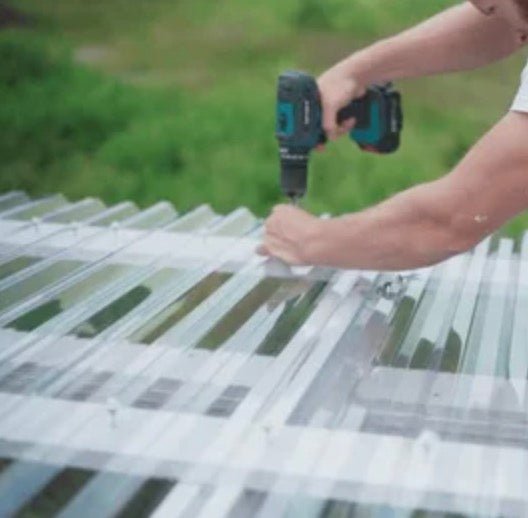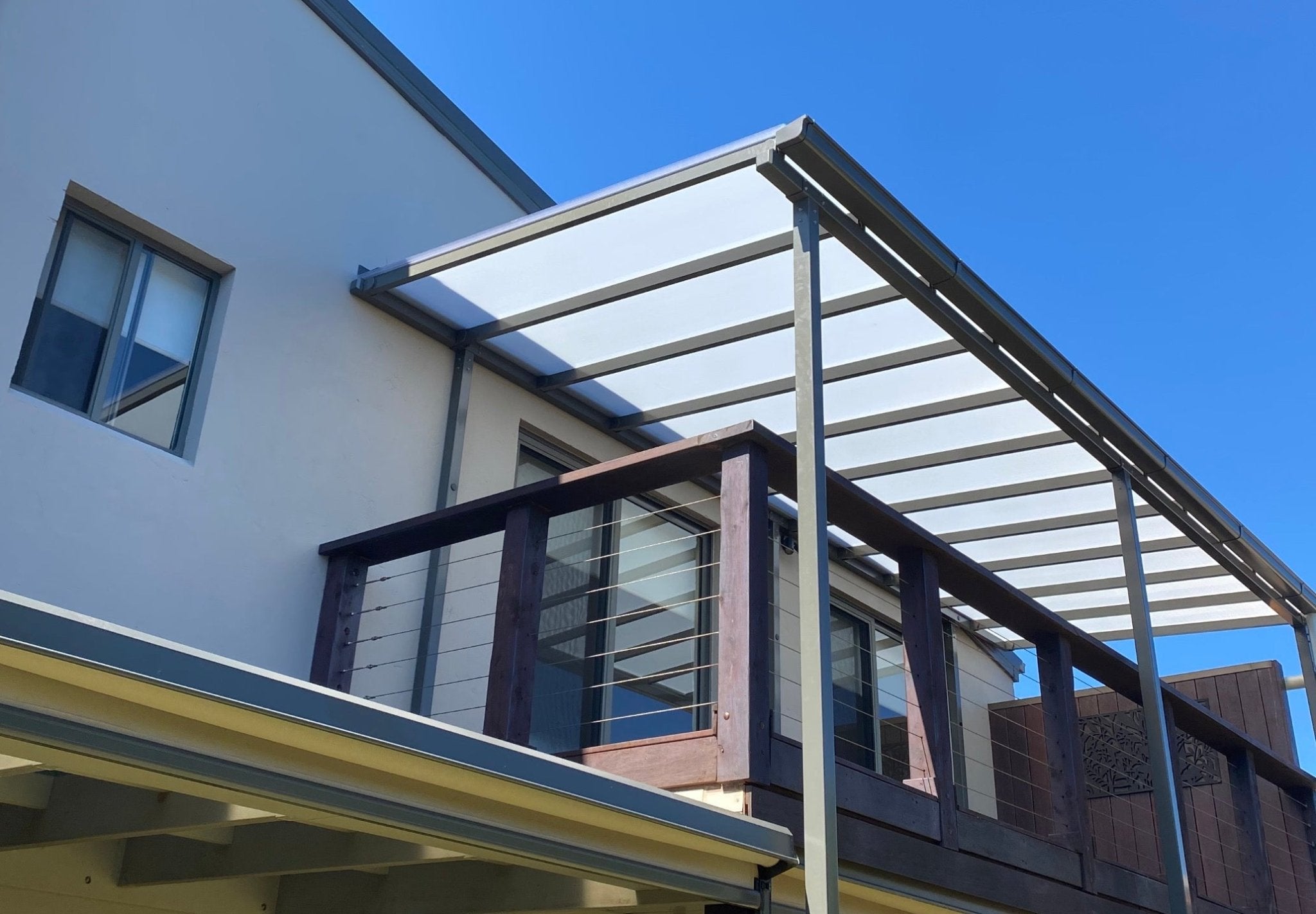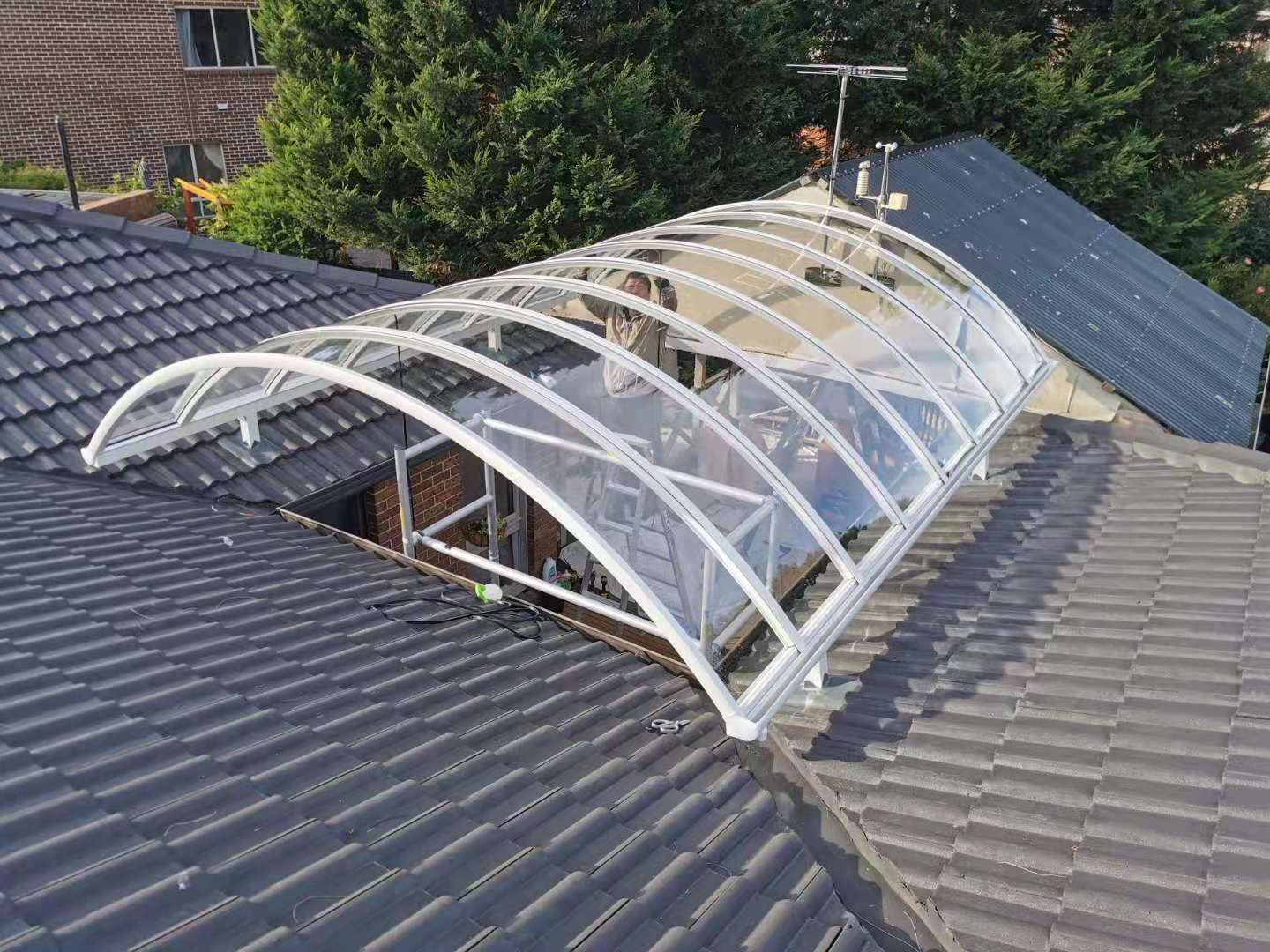Drilling acrylic sheets can be tricky, but with the right tools and techniques, it can be done easily. Here are some tips to help you drill a hole in an acrylic sheet without cracking or damaging it.
Tips for drilling acrylic sheet
When drilling acrylic, it's important to follow these steps to ensure clean, precise holes without damaging the material:
- Select the Right Drill Bit: Use a drill bit specifically designed for acrylic, such as a twist drill or brad point drill with a 90-degree point angle. These bits help to prevent chipping and cracking.
- Secure the Acrylic: Place the acrylic sheet on a stable surface, ensuring it won't move during drilling. You can use clamps or hold-downs to secure it firmly.
- Mark the Hole Locations: Use a marker or scribe to mark the exact locations where you want to drill the holes. This helps ensure accuracy.
- Apply Masking Tape: Place masking tape over the area where you'll be drilling. This helps prevent chipping and provides additional stability during drilling.
- Drill at a Slow Speed: Set your drill to a slow speed, preferably around 1000-2000 RPM. High speeds can cause melting and rough edges.
- Use Light Pressure: Apply gentle, steady pressure while drilling. Let the drill bit do the work, rather than forcing it through the acrylic.
- Use Lubrication: If desired, you can use a lubricant such as water or cutting oil to reduce heat buildup and friction during drilling. This can help prevent melting and ensure smoother holes.
- Drill in Stages: For thicker acrylic or larger holes, drill in multiple stages, gradually increasing the hole size with larger drill bits. This reduces the risk of overheating and cracking.
- Clear Away Chips: Periodically stop drilling to clear away acrylic chips and debris from the hole. This helps maintain clean edges and prevents clogging.
- Finish and Deburr: Once drilling is complete, remove the masking tape and deburr the edges of the hole using a deburring tool or sandpaper. This helps achieve a clean, professional finish.
Drilling Polycarbonate Sheet
When drilling polycarbonate, follow these steps to ensure accurate, clean holes without damaging the material:
- Select the Right Drill Bit: Choose a drill bit specifically designed for drilling plastics, such as a standard twist drill bit or a brad point drill bit. Ensure the bit is sharp to prevent melting or chipping.
- Secure the Polycarbonate: Place the polycarbonate sheet on a stable surface and clamp it securely to prevent movement during drilling.
- Mark the Hole Locations: Use a marker or scribe to mark the exact locations where you want to drill the holes. This helps ensure accuracy and prevents drilling in the wrong spot.
- Apply Masking Tape: Apply masking tape over the area where you'll be drilling. This helps prevent chipping and cracking and provides additional stability during drilling.
- Use Low Speed and Gentle Pressure: Set your drill to a low speed, preferably around 1000-2000 RPM. Avoid high speeds, as they can cause melting and rough edges. Apply gentle, steady pressure while drilling to avoid overheating the material.
- Use Lubrication (Optional): While not always necessary, you can use a lubricant such as water or cutting oil to reduce heat buildup and friction during drilling. This can help prevent melting and ensure smoother holes.
- Drill in Stages: For thicker polycarbonate or larger holes, drill in multiple stages using progressively larger drill bits. This reduces the risk of overheating and cracking.
- Clear Away Chips: Periodically stop drilling to clear away polycarbonate chips and debris from the hole. This helps maintain clean edges and prevents clogging.
- Deburr the Edges: Once drilling is complete, remove the masking tape and deburr the edges of the hole using a deburring tool or sandpaper. This helps achieve a clean, professional finish and prevents sharp edges.
Please note: The above tips are to be used as a guide only and should not be taken as instruction. We take no responsibility for any damage caused as a result of this advice.



